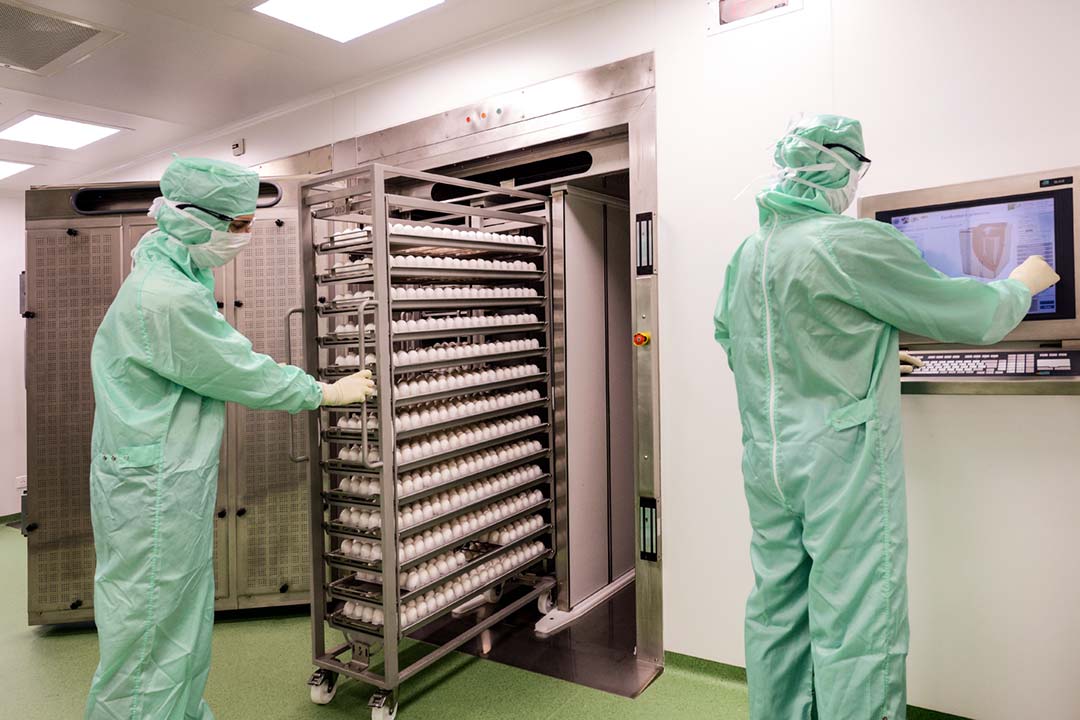How quickly can we get a COVID-19 vaccine?
It is clear that the search for COVID-19 vaccines is being fast-tracked like never before. In just a few months, we now have over 100 vaccine candidates in development, ten of which are being tested in clinical trials.
- 25 May 2020
- 5 min read
- by Priya Joi

It is clear that the search for COVID-19 vaccines is being fast-tracked like never before. In just a few months, we now have over 100 vaccine candidates in development, ten of which are being tested in clinical trials.
Normally, it takes years for vaccines to go from the laboratory to being delivered to the population. But the massive toll the coronavirus is taking on both our health and the economy has led scientists and governments to accept the need to find ways to accelerate the vaccine development process. This can include not waiting for animal studies before carrying out different phases of human trials, and doing these simultaneously, instead of sequentially, as well as speeding-up regulatory processes.
Some governments are now working together towards this end by funding the Access to COVID-19 Tools (ACT) Accelerator.
While this is going on, we also need to take steps to ensure that once we have vaccines that are both safe and effective, we have the ability to manufacture and deliver the billions of doses that will be needed to halt the global spread of COVID-19. Some governments are now working together towards this end by funding the Access to COVID-19 Tools (ACT) Accelerator. Even so, it seems unlikely that we will have a vaccine against COVID-19 for some time.
There are concerns that the search for a vaccine that should be considered a global public good will be undermined by domestic interests, or that a vaccine would first go to high-income countries. So, what does a realistic timeline look like for COVID-19 vaccines, especially in low- and middle-income countries? And how can mechanisms like an advance market commitment to buying such a vaccine help the world’s most vulnerable have access?
How fast can the vaccine process go?
The fact that COVID-19 is the third coronavirus to cause a public health threat in the 21st century meant that we already had a jump-start on the basis for a potential vaccine. Outbreaks of two other coronaviruses SARS and MERS-CoV had already led to significant amounts of research. There are similarities between SARS and SARS-CoV-2, the virus which causes COVID-19. Both have ‘spike’ proteins on their surface to hook onto human cells which means that efforts to develop a vaccine against SARS may also be useful for COVID-19. Efforts have also been accelerated by the speed at which genetic sequence of the virus was made available, on 12 January 2020, just days after it first emerged. This allowed researchers to quickly identify potential vaccine candidates.
Regulatory processes can normally be extremely lengthy, with each phase of clinical trials being completed and analysed before moving to the next one. Given the high stakes, some researchers have been looking at ways to move into another phase before the first one is complete without compromising on safety. The advantage is that his can help avoid ending up with a vaccine that is not as safe as it first seemed – a strategy that is also risky in that it could lead to an expensive failure further down the line.
Who will get the vaccine first?
Even when a safe and effective COVID-19 is ready, scaling-up manufacturing capacity to produce enough for the world will be a daunting challenge. And it’s not yet clear how many doses of the vaccine will be needed to produce immunity. Even with the current investment into greater manufacturing capacity, there won’t be the capacity to vaccinate everyone on the planet straightaway.
So when vaccines do become available, it will most likely be those at greatest risk of the coronavirus – health workers, older people and those with underlying conditions, such as diabetes – that will be prioritised first. Only when sufficient quantities are available will it be made more widely available to the general public.
When will low- and middle-income countries get a vaccine?
When pneumococcal conjugate vaccines (PCV) were being developed there was concern that these would only be made available in wealthy countries as there was no market for them in poor countries. Gavi and partners changed that by creating financial incentives through an Advance Market Commitment (AMC) to encourage manufacturers to make the investments needed to provide PCV doses for Gavi-supported countries too. Then more recently, Gavi used a similar approach to bring about an Ebola vaccine, using an Advance Purchase Commitment (APC), which agrees to buy large quantities of vaccines once the vaccine is licensed.
For COVID-19 a similar mechanism may be needed to ensure that sufficient vaccine doses are manufactured, and quickly enough. Not only would manufacturers need some guarantee of a market in low- and middle-income countries at the end of the process, but when making the vaccine available to the public, there would also need to be funding early on in the development process to push progress along. This would be especially important in building manufacturing capacity so that these countries are not relying entirely on wealthier ones to make the vaccines for them.








